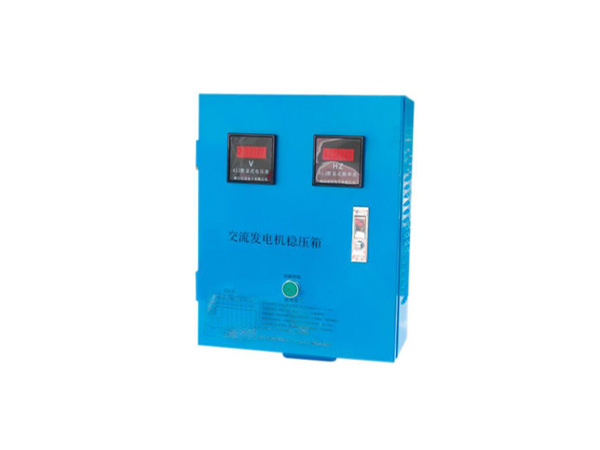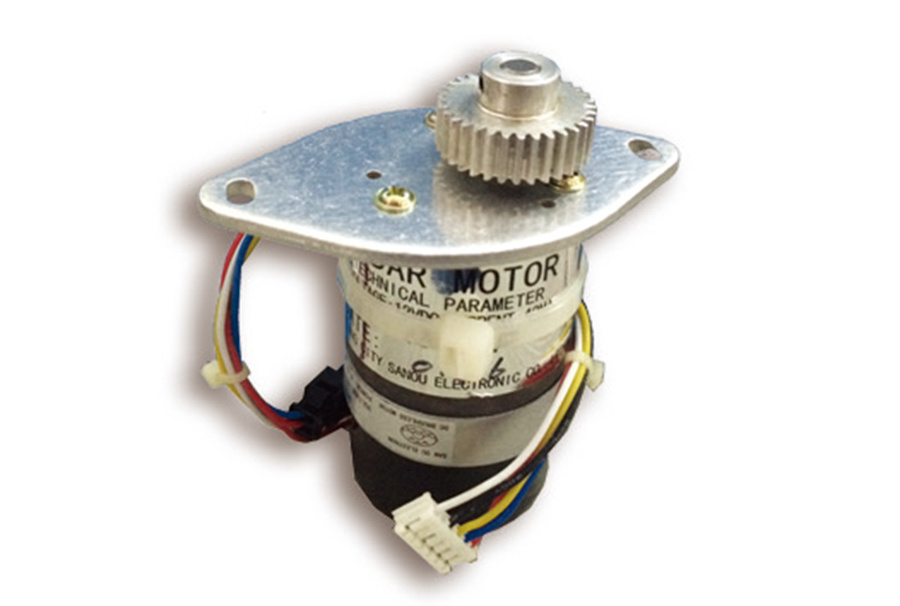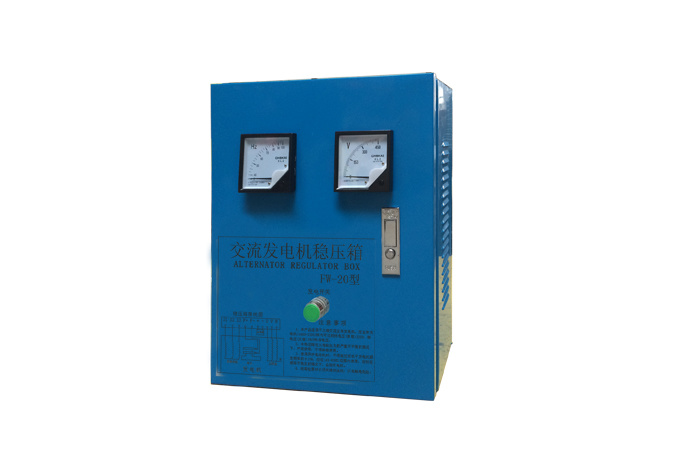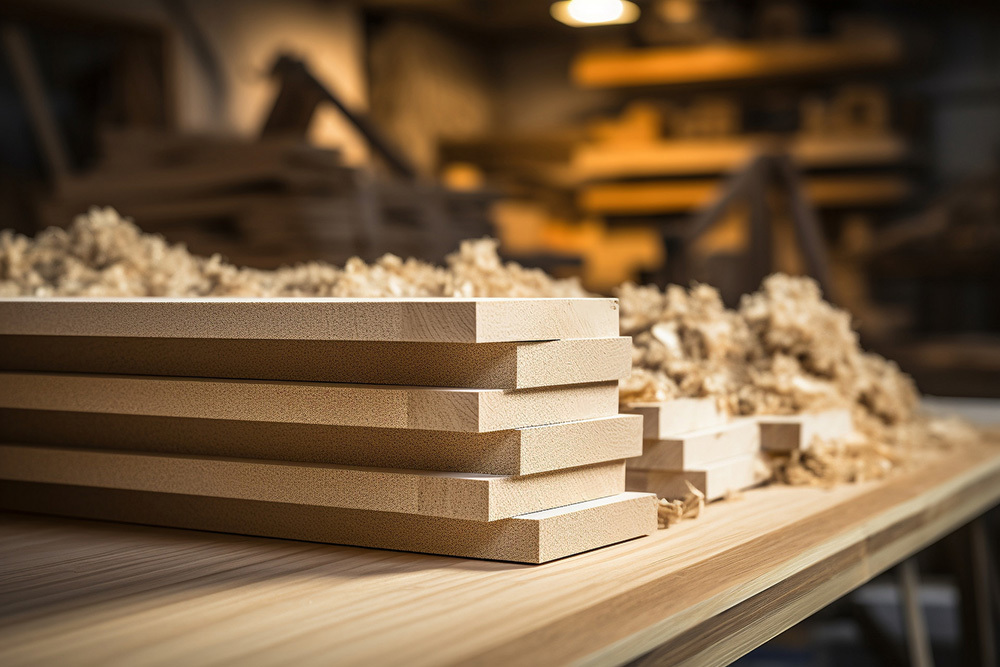News Center
Understanding the Importance of a Square Dual Display Rudder Angle Meter for Enhanced Maritime Navigation
Understanding the Importance of a Square Dual Display Rudder Angle Meter for Enhanced Maritime Navigation
Table of Contents
- 1. Introduction to Rudder Angle Meters
- 2. What is a Square Dual Display Rudder Angle Meter?
- 3. The Importance of Rudder Angle Meters in Navigation
- 4. Technical Aspects of Square Dual Display Rudder Angle Meters
- 5. Installation and Maintenance of Rudder Angle Meters
- 6. Common Issues and Solutions
- 7. Frequently Asked Questions
- 8. Conclusion
1. Introduction to Rudder Angle Meters
In the realm of maritime navigation, precise control and awareness of a vessel's rudder position are crucial. The **Rudder Angle Meter** serves as a vital instrument for mariners, providing real-time feedback about the angle of the rudder and, consequently, the direction of the vessel. Among various types of rudder angle meters, the **Square Dual Display Rudder Angle Meter** stands out due to its enhanced capabilities, offering dual displays that significantly improve navigational accuracy and vessel handling.
2. What is a Square Dual Display Rudder Angle Meter?
A **Square Dual Display Rudder Angle Meter** is an advanced measurement device designed to indicate the angle of the rudder in real-time. This device typically features two displays: one for the current rudder angle and another for a secondary reference, allowing operators to monitor changes quickly and accurately. This dual display setup enhances situational awareness, especially during complex maneuvers, making it an invaluable tool for ship captains and crews.
3. The Importance of Rudder Angle Meters in Navigation
Rudder angle meters play a pivotal role in ensuring the safe and efficient operation of maritime vessels. Their importance can be categorized into two primary aspects:
3.1 Safety Benefits of Accurate Rudder Angles
Safety is paramount in maritime operations, and accurate rudder angle readings contribute significantly to preventing accidents. By providing real-time feedback, Square Dual Display Rudder Angle Meters enable mariners to make informed decisions about course adjustments, thus avoiding potential collisions and grounding incidents.
Moreover, with accurate rudder angle measurements, vessels can navigate through narrow passages and crowded waters more effectively, reducing the risk of mishaps. Furthermore, having a secondary display allows for cross-verification of data, ensuring reliability in critical situations.
3.2 Performance Enhancement for Vessels
In addition to safety, the performance of maritime vessels is greatly enhanced by the use of Square Dual Display Rudder Angle Meters. Accurate readings allow for better fuel efficiency and improved maneuverability. As operators can gauge the exact rudder angle, they can optimize the vessel's speed and direction, minimizing unnecessary engine use and ultimately saving on fuel costs.
Furthermore, the ability to monitor the rudder angle closely aids in maintaining the vessel's stability during adverse weather conditions, ensuring a smoother journey for both the crew and passengers.
4. Technical Aspects of Square Dual Display Rudder Angle Meters
Understanding the technical workings of Square Dual Display Rudder Angle Meters is essential for appreciating their value in maritime navigation.
4.1 How It Works: The Mechanics Behind the Technology
The rudder angle meter operates through sophisticated sensors that detect the rudder's position. These sensors convert the mechanical movement of the rudder into electronic signals, which are then displayed on the dual screens. The meter typically uses a potentiometer or a similar device to measure the angle accurately, ensuring that operators receive instant feedback.
4.2 Key Features of Dual Display Rudder Angle Meters
Some of the standout features of Square Dual Display Rudder Angle Meters include:
- **Dual Display Technology**: Enables operators to view two angles simultaneously, enhancing navigation decisions.
- **High Accuracy**: Offers precise measurements, critical for safe maneuvering.
- **Durability**: Designed to withstand harsh marine environments, ensuring longevity.
- **User-Friendly Interface**: Easy-to-read displays that facilitate quick understanding of vital information.
- **Integration Capabilities**: Can be integrated with other navigation systems for holistic vessel management.
5. Installation and Maintenance of Rudder Angle Meters
Proper installation and maintenance are key to ensuring the longevity and accuracy of Square Dual Display Rudder Angle Meters.
5.1 Installation Process: Step-by-Step Guide
Installing a rudder angle meter involves several steps:
1. **Preparation**: Gather all tools and materials required for installation.
2. **Mounting**: Securely mount the meter in a location that is easily visible to the operator.
3. **Wiring**: Connect the sensor to the rudder and run the necessary wiring to the display units.
4. **Calibration**: Once installed, calibrate the meter to ensure it provides accurate readings.
5. **Testing**: Conduct tests to verify functionality before the vessel resumes operation.
5.2 Maintenance Tips for Longevity
To maximize the lifespan of your rudder angle meter, consider the following maintenance tips:
- Regularly inspect the device for any signs of wear or damage.
- Clean the display screens to ensure visibility.
- Check connections and wiring periodically for corrosion or loose fittings.
- Follow the manufacturer's recommendations for servicing and calibration.
6. Common Issues and Solutions
Like any sophisticated equipment, Square Dual Display Rudder Angle Meters can encounter issues. Some common problems include:
- **Inaccurate Readings**: This can often be resolved by recalibrating the device or checking for sensor damage.
- **Display Malfunctions**: Ensure that the power supply is stable and inspect for loose connections.
- **Sensor Failure**: If the sensor fails, replacement is usually the best course of action.
7. Frequently Asked Questions
1. What is the average lifespan of a Square Dual Display Rudder Angle Meter?
The average lifespan is typically around 10 to 15 years, depending on usage and maintenance.
2. How often should I calibrate my rudder angle meter?
It is advisable to calibrate your meter at least once a year or after any significant maintenance work.
3. Can I use a rudder angle meter on small vessels?
Yes, rudder angle meters can be used on various vessel sizes, from small boats to large ships.
4. Are dual display systems more reliable than single display systems?
Yes, dual display systems offer redundancy, allowing for cross-verification of data, enhancing overall reliability.
5. What should I do if my rudder angle meter is not working?
If your rudder angle meter is not functioning correctly, check the power supply, inspect all connections, and consult the manufacturer’s troubleshooting guide.
8. Conclusion
In conclusion, a **Square Dual Display Rudder Angle Meter** is an essential instrument for modern maritime navigation. Its ability to provide accurate, real-time readings enhances the safety and performance of vessels, ensuring that mariners can navigate with confidence. Proper installation and regular maintenance are crucial for maximizing the meter's lifespan and functionality. As the maritime industry continues to evolve, embracing advanced technologies like the Square Dual Display Rudder Angle Meter will undoubtedly play a significant role in improving navigational efficiency and safety at sea.
Related News
Understanding the Importance of a 12KVA Frequency Stabilizer in Electrical Systems
In the realm of electrical engineering, maintaining a stable frequency is crucial for ensuring that equipment operates efficiently and reliably. A 12KVA frequency stabilizer plays a vital role in managing electrical systems, especially in environments where fluctuations in voltage and frequency can lead to equipment failure or operational inefficiencies. A frequency stabilizer, as the name suggest
Discover the Unmatched Benefits of the Furuno 1832 Radar Motor for Marine Navigation
Explore the Advantages of the Furuno 1832 Radar Motor Table of Contents Introduction to the Furuno 1832 Radar Motor Key Features of the Furuno 1832 Radar Motor Performance Analysis of the Furuno 1832 Safety Benefits of Using the Furuno 1832 User Experience: Ease of Use and Installation Maintenance Tips for the Furuno 1832 Radar Motor Comparing the Furuno 1832 Radar Mot
Understanding the Functionality and Benefits of a 1 in 4 Out Signal Distributor
A 1 in 4 out signal distributor is a crucial component in various electronic systems, particularly in the realm of optoelectronics. Its primary function is to take a single input signal and distribute it evenly across four output channels. This enables the simultaneous transmission of the same signal to multiple devices or locations, which is essential in applications such as audio/video broadcast




